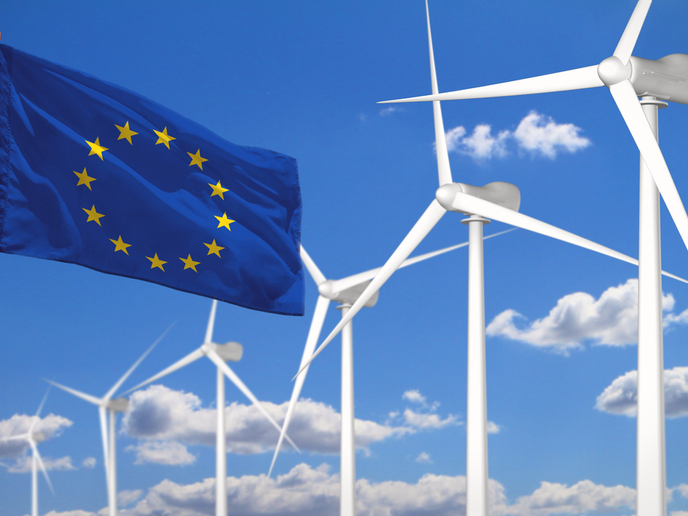High-efficiency engine turns waste hot water into electricity
Factories, power plants, data centres and cargo ships release waste heat that could be a useful source of energy. Finding an efficient and cost-effective way to capture and use this waste heat can lead to both significant fuel savings and reduced CO2 emissions. There are methods to harvest both high-grade and low-grade waste heat (below 100 ºC) but efficiency drops and cost increases as temperatures dip. Now, the EU-funded project THE EXERGYN DRIVE has developed technology that can efficiently use waste heat below 100 °C. The newly developed groundbreaking energy-efficient engine runs on nothing but hot water. Smart materials for energy harvesting What unlocks the whole process for creating electric or mechanical power from low-grade waste heat is the use of a shape memory alloy called nitinol. This material undergoes a phase transition when heated at temperatures typically less than 100 °C and reverts to its original shape when cooled. ‘In the engine core, nitinol wires attached to a piston are flushed with hot and cold water, expanding and contracting the wires to create a piston movement. Cyclic heating and cooling of multiple strands of nitinol in the engine core create a thrust that works a hydraulic system which spins a generator to make electricity,’ explains Dr Kevin O’Toole, Director of Research and Development at Exergyn Ltd. The engine produces 10 kW of electricity from around 200 kW of thermal energy in the waste hot water. A great deal of effort was dedicated to perfecting the design and modifying the material so that it will keep working for millions of cycles. To date, researchers at Exergyn have tested a single nitinol wire that reached 10 million cycles without any degradation in performance, thus fundamentally proving the long-term viability of the engine. Game-changing technology Current heat recovery systems typically use organic Rankine cycle (ORC) technology to generate power using waste heat from manufacturing plants. Although the technology works well for temperatures around 200-300 °C, its ability to generate electricity from low-grade heat in the form of hot water at temperatures as low as 100 °C is rather low. ‘Depending on the conditions, our system can outperform ORC by a factor of 3 to 6 at temperatures below 100 °C, making it commercially viable. In addition, this technology does not rely on the use of heat exchangers, which means that the engine can be more compact, and there is no need to use toxic gases,’ says Dr O’Toole. Making a difference The amount of waste heat produced worldwide every year is equivalent to 12 years of electricity consumption in the EU. There is currently no other good technology that can make effective use of low-grade waste heat. If fully deployed, THE EXERGYN DRIVE’s cutting-edge engine will capture and make use of waste hot water to reduce cost and also cut global carbon emissions by 2 %. THE EXERGYN DRIVE project estimates that a commercial solution could make the global market for such engines reach EUR 440 billion over the next few years. In addition to harnessing waste heat from the biogas industry, project partners hope that the engine could soon expand the geothermal energy as well as the marine market.
Keywords
THE EXERGYN DRIVE, waste hot water, electricity, low-grade waste heat, shape memory alloy







